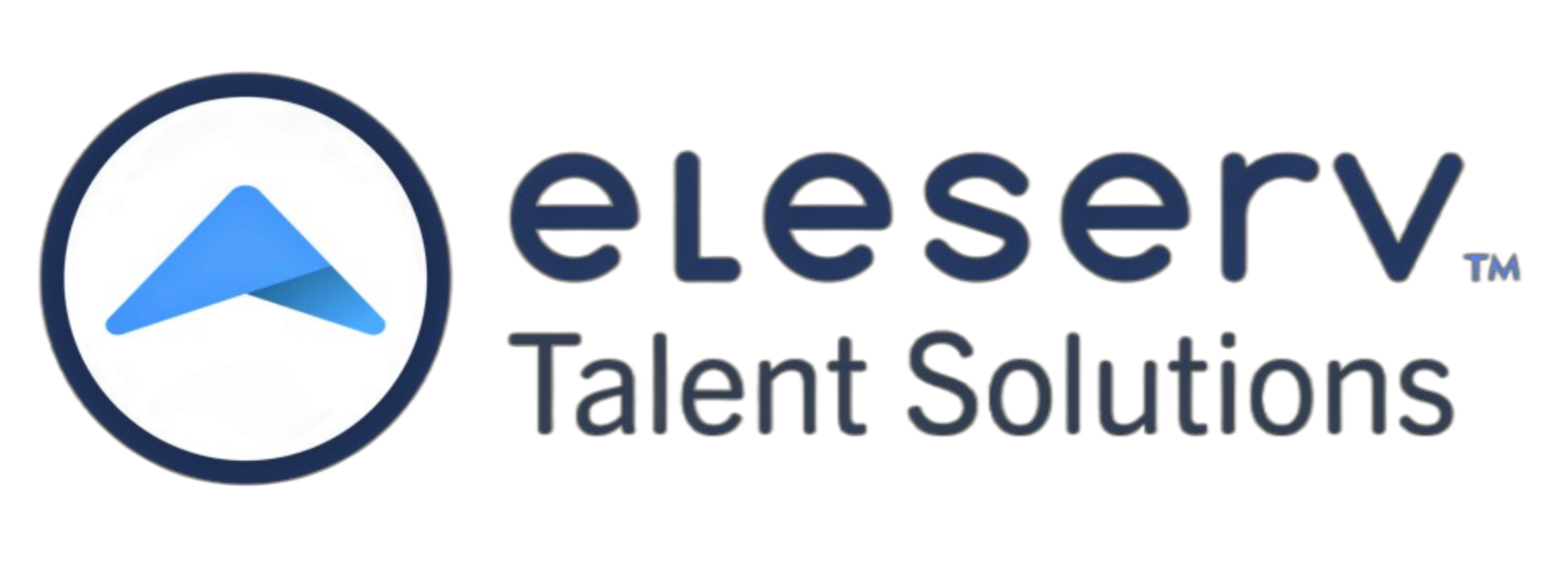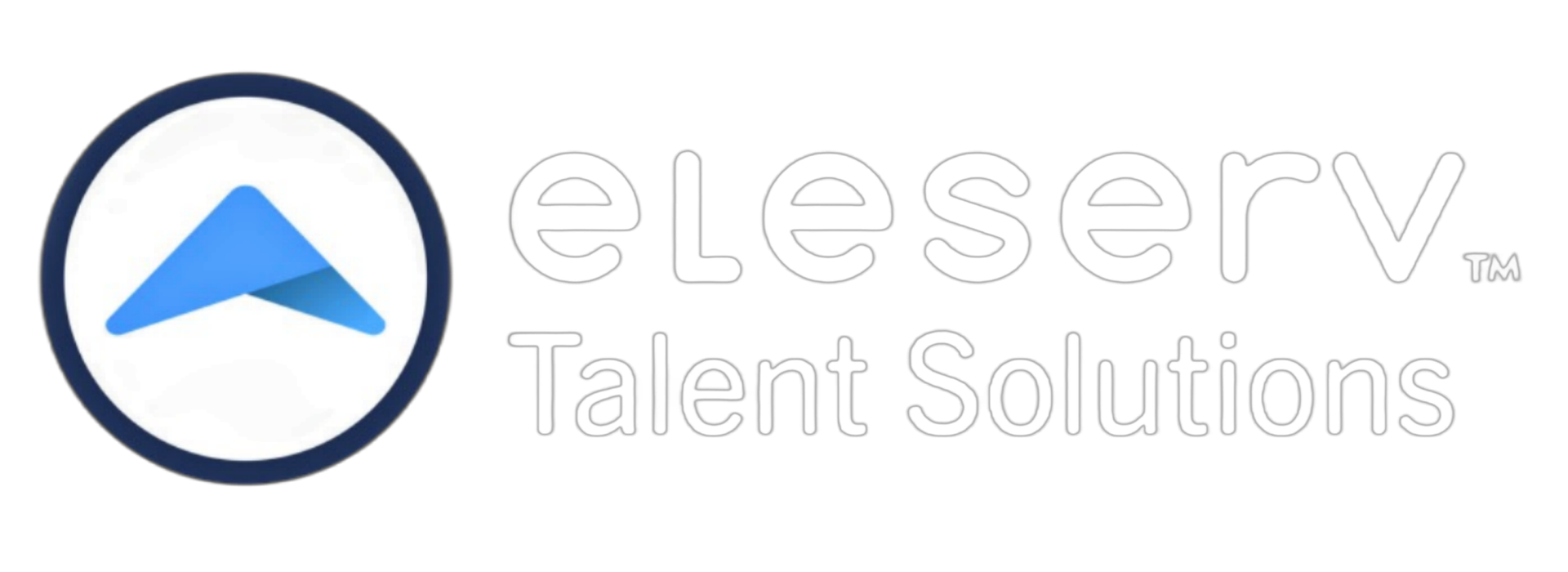You Want Your Organization to Succeed in 2025? Get Agile. Practical Steps to An Agile Workforce
The modern business landscape is constantly changing and evolving. The expansion of Artificial Intelligence and other technologies as well as changing customer expectations are requiring organizations to adapt quickly and efficiently. An agile workforce is crucial.
An agile workforce can easily pivot and adjust to meet changing demands of the market. It consists of employees who are proactive, flexible, and have growth mindset. These individuals are always looking for ways to improve processes and are willing to take on new challenges.
Agile has become the global standard in project management, especially in the technology sector and has helped these organizations streamline their workflows, resulting in higher productivity.
The Agile concept can also be applied across the organization to achieve some of the same results that project management teams have been experiencing for years.
Here are some key strategies and steps that you can take to build an Agile workforce.
Assess Your Workforce's Skills and Abilities
Just like a store has to keep a product inventory, in order to become more agile, an organization must have an inventory of the skills that they currently have on board at any one time. Building a skills inventory of the skills and abilities of your workforce is the foundation for building an agile team. Conducting regular evaluation of the skills and abilities of your workforce can help identify strengths, highlight potential gaps, and uncover hidden talents within your organization. Once an organization understands the spectrum of their workforce capabilities, they can more efficiently allocate tasks effectively across teams, ensuring that the right people are working on the right projects whether they hold that job title or not. Additionally, understanding where the skills gaps exist allows an organization to anticipate training needs and provide tailored development opportunities, fostering a culture of continuous improvement and adaptability. This also means that new positions can be filled more readily by internal talent and skills rather than having to go outside to find someone that fits a job description.
Switch to a Skills-Based Hiring Model
Let's face it. An organization is missing out on great candidates simply because they are still hiring to job descriptions. Doing away with job descriptions and implementing a skills-based hiring model does a few things:
Gives an organization a broader talent pool - Skills-based hiring opens up opportunities for candidates without traditional degrees or specific job titles, potentially increasing diversity and inclusion in the workplace.
Allows an organization to focus on competencies - Emphasizing skills over titles can help organizations find candidates who are better suited to handle specific challenges and tasks.
Allows your organization to be more adaptable - By hiring for skills rather than a job description, it allows your organization to be more flexible and responsive to changing market demands and technological advancements.
Gives more opportunities for internal candidates - By focusing on skills rather than a job description, your organization can move internal candidates into roles that they might not have all the job description requirements for but do have the skills to do the job.
The first step in implementing a skills-based hiring model is breaking down every job into competencies and skills that are required to do the job.
Put Systems and Structure in Place that Encourage Collaboration and Communication
Collaboration and Open Communication is at the heart of an Agile organization and workforce. This allows agile teams to thrive. Encouraging employees to work together, share ideas, and communicate openly leads to increased innovation, problem-solving, and ultimately team success. Implement tools or platforms that facilitate teamwork and allow for real-time updates and feedback. Project Management tools like JIRA or Trello, File Sharing platforms such as Microsoft 365 or Google Workspace, and communication platforms like Slack or Microsoft Teams help create a culture of transparency. This culture of transparency ensures everyone's input is valued and will foster trust among team members and promote an agile mindset.
Embrace Flexibility
The ability to adapt quickly is at the core of Agile. As an employer, an organization must be willing to embrace flexibility in their workforce practices. This could mean offering flexible work arrangements such as remote work options, job sharing, or compressed work weeks. Providing employees with the flexibility to manage their work and personal lives can boost morale, reduce stress, and increase productivity.
Promote a Growth Mindset and a Culture of Continuous Learning
Having a growth mindset means being open to new challenges and offering a culture of continuous learning and improving. To become an agile workforce, an organization needs to provide opportunities for employees to take on new responsibilities or cross-train in different areas. But, even more than that, an organization needs to put structures in place that facilitate continuous goal-driven learning. This can be facilitated through the use of a full-blown LMS system or as simple as an organization creating their own learning content and placing on a SharePoint site that employees can access. This not only expands skill sets but also promotes adaptability and resilience within the team. If you are not sure where to start, there are systems out there that will manage the whole process for you. One such system is Skill Director.
Lead By Example
Implementing any new initiatives requires leadership buy-in and leading by example. Leaders must model the behaviors and attitudes they want to see in their teams. This means being open to change, embracing new ideas, and fostering a culture of continuous improvement. When leaders lead by example, it sets the tone for the entire organization and encourages employees to follow suit.
Following these strategies can help organizations build a team that is adaptable, innovative, and capable of thriving in any environment. Whether you rare starting a new business or looking to revamp your current workforce, incorporating these tactics into our hiring and management processes can help create an agile workforce that will drive success for years to come. Building an agile team is an ongoing process that requires continuous effort and commitment from all levels of the organization. So, take that first step to embrace change and foster a culture of agility within your workforce - it will pay off in the long run!


